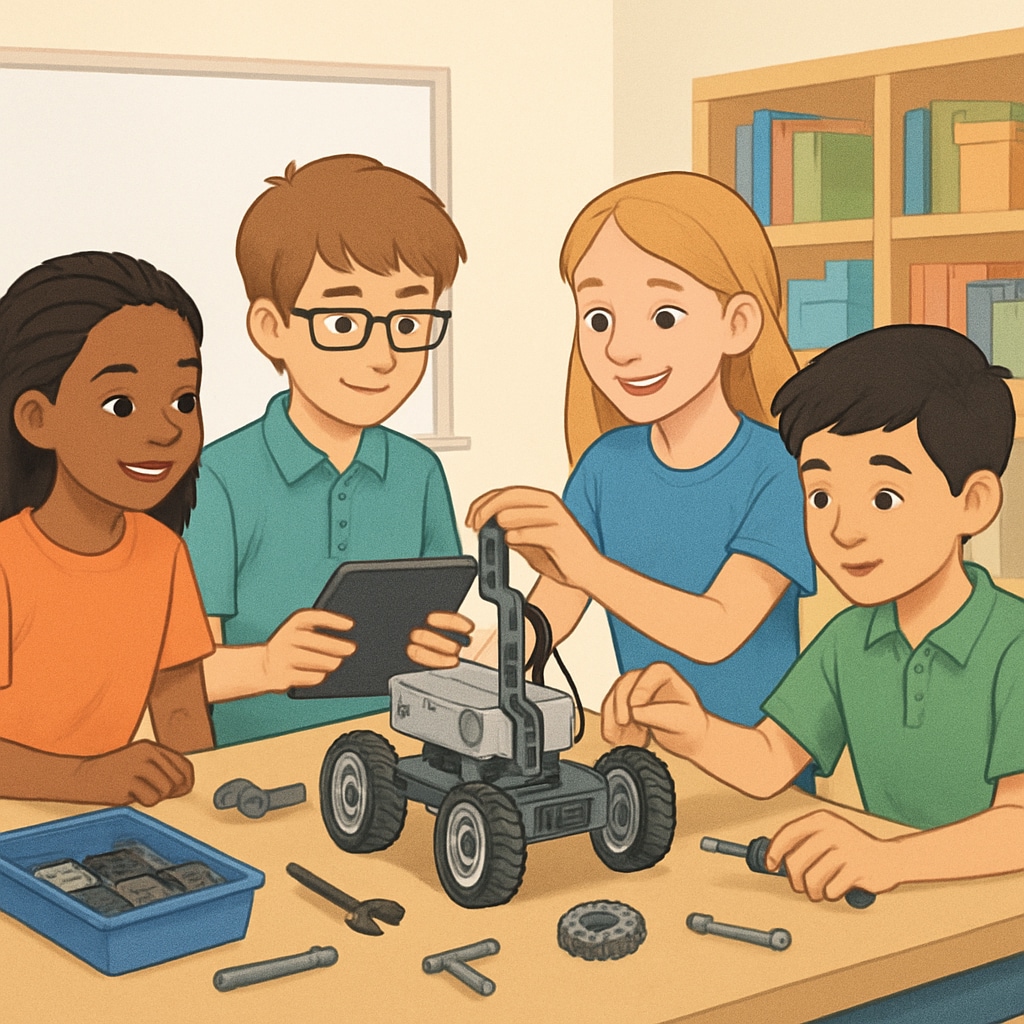Engineering design, master’s degree, career development—these interconnected themes create a complex educational journey for students. The choices made during the K12 stage can significantly influence the trajectory of academic pursuits and professional growth. By cultivating engineering thinking and decision-making skills early, educators can prepare students to face the crossroads of higher education and career choices with confidence.
The Role of K12 Education in Engineering Design
K12 education lays the foundation for students’ understanding of engineering principles and the application of design thinking. Introducing students to problem-solving, critical thinking, and creativity during these formative years can spark interest in STEM (Science, Technology, Engineering, and Mathematics) fields. For example, hands-on projects like creating simple bridges or designing prototypes allow students to grasp real-world engineering challenges.
Such exposure is vital in shaping students’ future decisions about pursuing advanced studies, such as a master’s degree, and exploring career paths in engineering. Moreover, fostering teamwork and communication skills during K12 education enables students to thrive in collaborative professional environments.

Preparing Students for Career Development in Engineering
The transition from K12 education to higher education and ultimately to a career is often daunting. Therefore, equipping students with decision-making frameworks early can make this progression smoother. For instance, encouraging students to explore diverse engineering disciplines—mechanical, civil, electrical, and software engineering—during their school years can help them identify areas of interest.
In addition, career counseling integrated into K12 STEM programs can provide students with insights into industry demands, job roles, and the relevance of advanced degrees like a master’s in engineering design. As a result, students can better weigh the benefits of further education against immediate entry into the workforce.

Factors Influencing the Pursuit of a Master’s Degree
One critical decision for aspiring engineers is whether to pursue a master’s degree. While a bachelor’s degree often suffices for entry-level roles, advanced degrees can open doors to specialized positions, higher salaries, and leadership opportunities. Therefore, students must evaluate their career goals and the value of additional education.
Factors such as industry trends, financial considerations, and personal interests play significant roles in this decision. For example, fields like artificial intelligence, aerospace, and biomedical engineering often require expertise that a master’s degree provides. Introducing these concepts during K12 education can offer students a clearer understanding of the long-term benefits of advanced studies.
Balancing Educational Choices with Professional Goals
The key to navigating engineering education is balance. While K12 programs should emphasize foundational skills, they should also encourage exploration of professional aspirations. Educators and parents can guide students by providing resources such as industry mentorships, online STEM workshops, and career planning tools.
Furthermore, schools can collaborate with local businesses and universities to offer internships and shadowing opportunities. These experiences can help students visualize their career paths and understand the practical implications of their academic choices.
As a result, students can make informed decisions about whether to pursue a master’s degree, enter the workforce, or explore alternative learning avenues such as certifications or boot camps.
Readability guidance: Use clear, concise paragraphs to outline key points. Incorporate lists and examples to enhance comprehension. Transition between ideas using connectors like “however,” “in addition,” and “as a result.” Balance technical and general content for broad accessibility.


